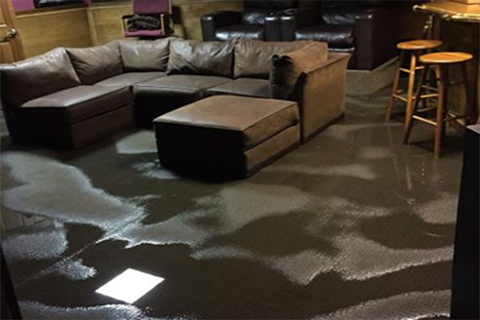What’s Salvageable and What Isn’t After Water Damage
Heavy rain, water leaks, and even severe weather season can lead to damage that can overturn your life. Having to sort through waterlogged possessions is no easy task and doing our best to salvage our precious keepsakes may seem like an endlessly difficult task. When you need water damage solutions, Integrity Restoration & Remodeling can help.
Determine the Type of Water Damage
The first thing you’ll need to do is determine the type of water damage you are dealing with. Is it ocean water, rainwater, or sewer water? If your possessions have come in contact with any chemicals, sewage, or other toxic water, you’ll need to call in professional help to get everything cleaned up. Contaminated water can become a health risk for those who aren’t experienced or have the necessary tools.
Clean Water- This is usually water that comes from leaks in the pipes or bursts in the supply line. This water is nontoxic and doesn’t pose an upfront health concern.
Gray Water- This water can contain levels of contamination that have a small risk of causing infections. This comes from overflowing bathtubs of used water, dirty toilets, or overflowing sinks.
Black Water-This in toxic water that should never be personally handled. This is dirty water from sewage backups, groundwater flooding, or any other water that carries a high risk of spreading disease.
Here are lists of what are and aren’t worth keeping. With immediate attention and proper care, many items can be saved.
What to Keep
- Photos
- Wood furniture
- Appliances
- Toys
- Books
- Documents
What to Toss
- Mattresses
- Carpet
- Clothes
- Food
- Medications
Tips for Cleaning Items After Water Damage
Our first tip for saving your items is to know what to prioritize. While we are always hopeful about saving everything, this is not always the case after water damage. Focus on what is most important to you whether for financial or sentimental reasons.
Air-dry your items as soon as possible. Open up the windows and doors in your home to allow fresh air in. Bring in the help of fans, air conditioners, and dehumidifiers to help with the process. You’ll want to avoid any heat tools like hair dryers, ovens, or even the sun as this can cause additional damage.
Be gentle with the cleaning and make sure to avoid any aggressive rubbing which can further lodge dirt or debris while also damaging the item. Photographs can be carefully rinsed, and objects can be cleaned with soft clothes. Anything you can’t deal with immediately can be placed in the freezer to be cleaned later. This will stop mold from growing as well as prevent any dyes or ink from becoming more ruined.

